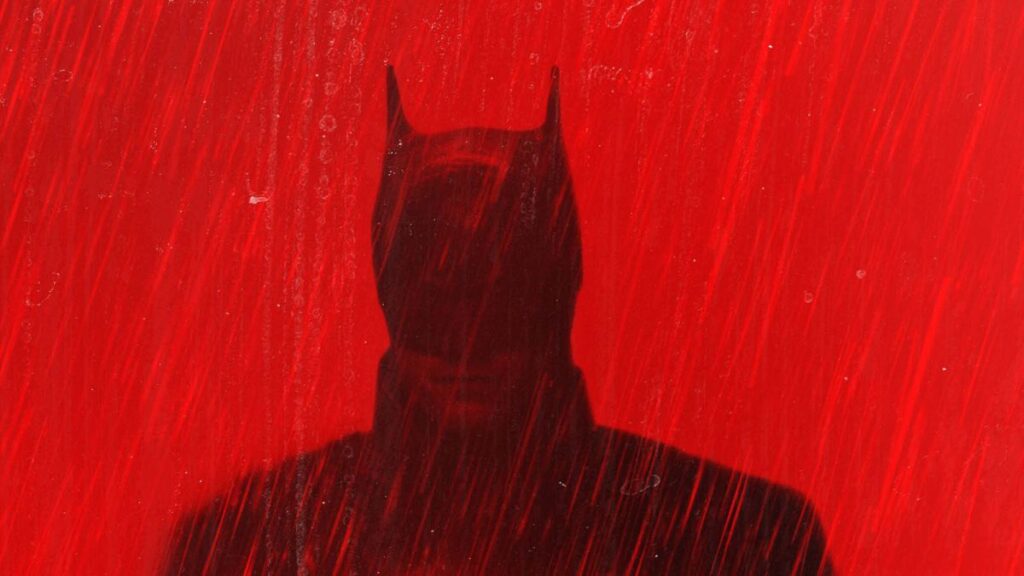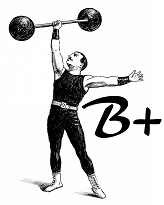The Dark Knight is back in Matt Reeves’ “The Batman” with a different approach and atmosphere, containing a great divide between detective play and action romp.
In May 1939, one of the best superheroes of all time (if not “the” best) was created. Thanks to Bill Finger and Bob Kane: the caped crusader, Batman, was born. Ever since, there have been multiple reiterations of the classic hero, each having its own signature style and atmosphere. Like everything in life, there’s the good (“Batman Begins,” 2005) and the bad (the pantomime “Batman and Robin,” 1997), albeit it’s always exciting to see a new movie about him. What’s most interesting about the various reincarnations is how they tackle the different moralities and concepts, as well as the exploration of duality within Bruce Wayne (light and darkness) thanks to the villains attached.
The Caped Crusader Has a Substantial Array of Villains to Face
Each villain brings a particular conviction to the table; Scarecrow isn’t going to allude (or be intrigued) by the same factors of Batman as The Penguin or Joker does. Instead, they have retained their own scrutiny and things to pick apart in wicked ways, some more than others. It has been almost ten years without a solo movie of the Dark Knight (“Dark Knight Rises”), but the time has come at last. Matt Reeves’ rendition, “The Batman,” has arrived, and it was truly worth the wait.
Reeves’ picture revolves around Gotham City’s underworld, where crime and drug use are at an all-time high since the death of a big crime boss, Salvatore Maroni. However, things take a turn for the worse when corrupt members of the government and the police department are killed by a sadistic killer, The Riddler (Paul Dano). He leaves a trail of cryptic clues addressed to the one called ‘The Batman’ (Robert Pattinson). As the evidence begins to reveal that it is close to home—and the scale of the perpetrator’s plans becomes “crystal clear,”—Bruce Wayne must build new relationships, like Selina Kyle, aka. Catwoman (Zoë Kravitz), to try and unmask the culprit of these murders and injustices. In addition, he wants to take down the abuse of power and corruption that has plagued the slick and grimy streets of Gotham.
Similar to ‘Spiderman: Homecoming’
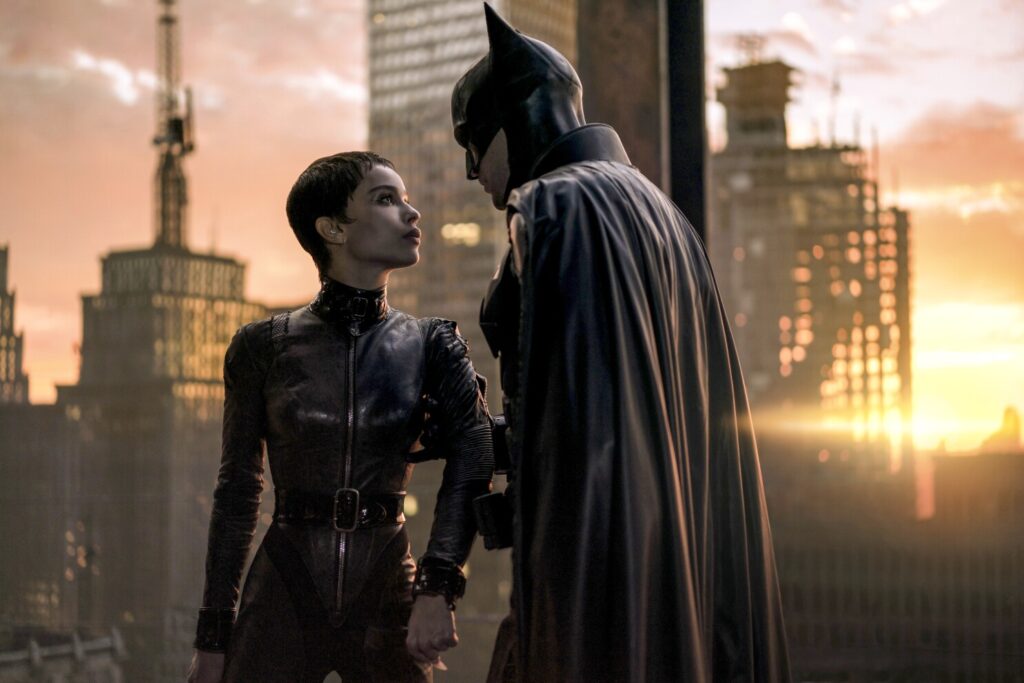
This version of the caped crusader does not begin with the origin story that we have seen before multiple times–the assassination of the Thomas and Martha Wayne, pearls from Martha’s necklace falling as a young Bruce is watching, blase blase. None of that is in the picture; the film alludes to it and mentions it, but the scene isn’t in it (and it is for the better).
Instead, Reeves focuses on the early years of Bruce Wayne’s superhero persona; this is only the second year since Bruce picked up the cowl and mantle of the Dark Knight, which limits him in various ways. He hasn’t mastered all the skills, nor has the superbly high-tech equipment of the previous Batmen seen before on-screen. Yet, Bruce has a set of tricks up his sleeve: camera contact lenses, smoke grenades, grappling hook, and his batmobile. It’s not that technologically advanced, but that makes it fresh and exciting; it’s great seeing how he uncovers the mystery with mostly his wit (and without getting his emotions in the way).
More a Detective Tale; a New Arc for Batman
Thanks to these limitations, “The Batman” becomes less of a full-throttle action romp and more of a detective tale, an arc that hasn’t been filmed before. Here, Batman is a sleuth trying to search for answers regarding The Riddler, whom Dano plays with a nefarious verve. The villain uses riddles to make the people involved in seedy activities tell “no more lies.” He captures them and has two options to deal with them: trap them in a Jigsaw-esque trap and see if they would admit to their crimes or kill them straight away.
He leaves a letter containing a code of sorts with each victim, similar to the ones that the Zodiac Killer left in 1960s California. The crime scenes and sequences of interrogation and investigation can be perceived as Fincher-esque, as it cites his works “Se7en” (1995), “The Game” (1997), and “Zodiac” (2007) with great detail. These scenes also fix some of the errors that the other movies involving the hero made. For example, Jim Gordon (Jeffrey Wright) has broader involvement in the narrative, creating a “buddy cop” chemistry in the process.
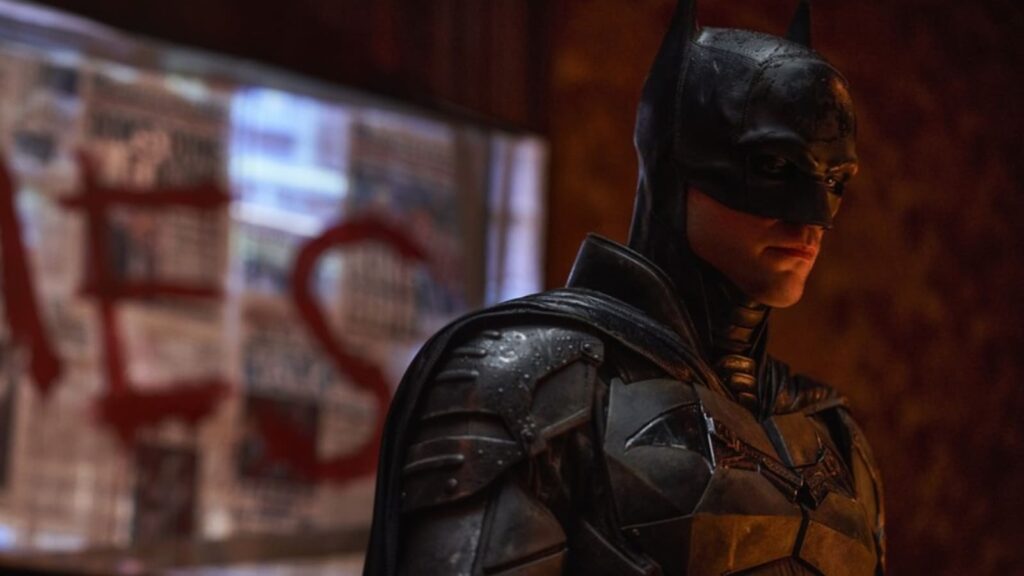
Although there is a lot of detective play, it has the action and explosions that provide its popcorn promises. These action set pieces feel like they came out of the “Arkham” games (and it is a compliment of the highest order)–and the ending might imply that something like the games can happen. Disastrous things happen; however, it doesn’t rely on a lengthy brawl of punches and cheap visual effects that most modern comic-book movies do. “The Batman” contains strong performances that not only match its pulpy noir aesthetic but exceed expectations. As mentioned before, Paul Dano takes an intriguing and unique take on the green suit-wearing Riddler.
Robert Pattinson is a Great Batman
Although Dano oversteps the line of excessive villainy on occasions, he’s pretty engaging for the most part. In addition, Kravitz is lavish and savvy as Catwoman (Michelle Pfeiffer remains my favorite), and Colin Farrell does the prosthetic-heavy performance that Jared Leto wishes he did on “House of Gucci.” Most importantly, Robert Pattinson is a great Batman, and his approach to the duality of the character is quite extraordinary. The character starts as a print of vengeance; not only because he wants to clean up the streets, but his past as well. The city is as covered with lies as his parent’s assassination.
Bruce’s demeanor here may seem emo (and the Nirvana tracks don’t help), but his feelings come with the look. He is still trying to figure things out in his two personas–fueled by the mindset of revenge and the blazing fury scorching from the depths of Gotham’s underworld. However, his perspective changes as the film transgress from act to act; his symbol has changed from retaliation to hope. “The city won’t change, but I have to try” he quotes, discovering the true essence of his vigilante image. Pattinson shows and divulges the complexity of the character to a lavish extent.
There are Some Minor Issues
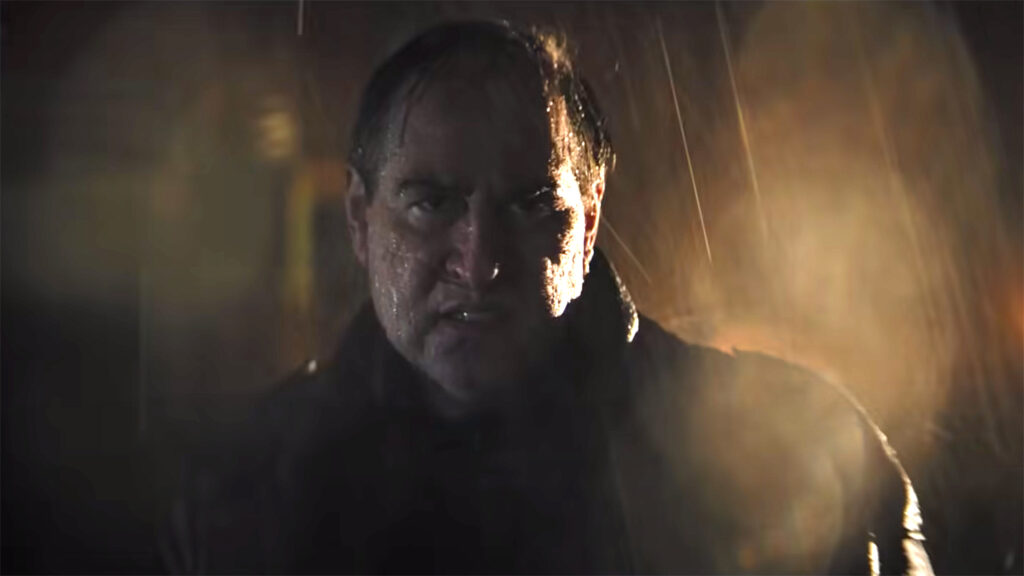
“The Batman” has issues that aren’t deal-breakers, albeit they do hurt the watching experience by a small degree. Its almost 3-hour runtime is a bit excessive; it almost feels like a director’s cut. There are circumstances in which you sense the film’s length due to some pacing fractures during the second half. Also, the movie tends to have four separate endings during the last ten to fifteen-minute stretch. Other than that, the rest is very positive. Reeves manages to make a detective noir tale that happens to pivot around the caped crusader; it captures his zeitgeist with a fresh approach, not copying what the other directors (Burton, Nolan, Schumacher) did with their flicks.
Every Generation Gets its Version of Batman
This time around, it comes with an edge—a troubled hero who almost succumbs to the worst tendencies he fears of yet realizes that his proclivities for vengeance could be forged into a mantle of hope. “The Batman” has one of the best tales of the classic superhero ever filmed on-screen; it is superbly shot and composed by Greg Fraiser and Michael Giacchino, respectively. I’m highly anticipating its sequel; it’s genuinely worth it to see it on the biggest screen possible.
“The Batman” is currently only available to watch in theaters.
Support the Site: Consider becoming a sponsor to unlock exclusive, member-only content and help support The Movie Buff!

